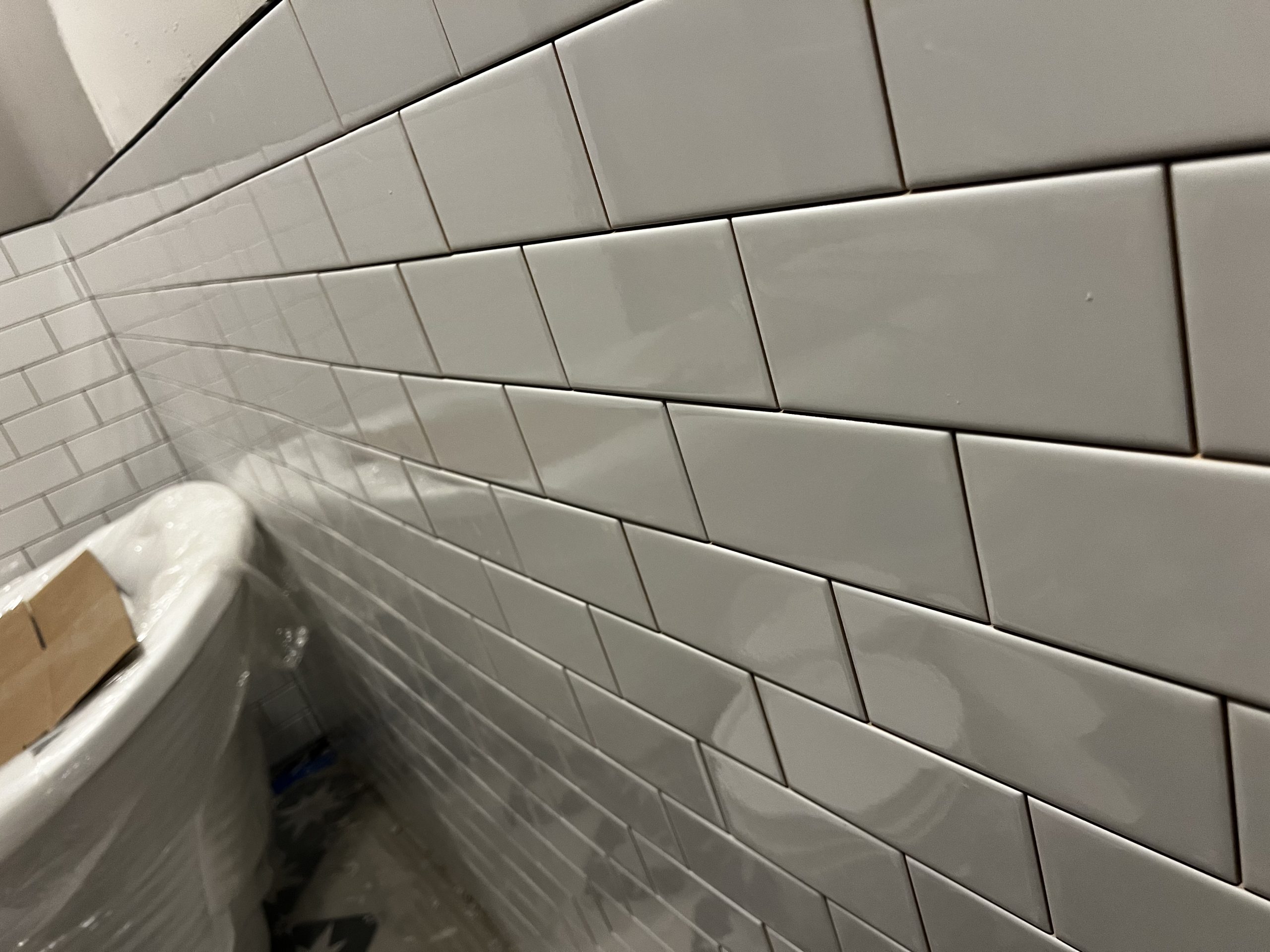
When it comes to finishing tile installations, grout plays a crucial role in ensuring a durable and visually appealing result. The choice of grout type—sanded, unsanded, or epoxy—depends on various factors including the size of the grout joints, the type of tile, and the desired durability. Here’s an in-depth look at the differences between these three types of grout and their respective applications.
1. Sanded Grout
Definition: Sanded grout is a type of cement-based grout that contains fine sand particles mixed with cement and water.
Characteristics:
- Texture: As the name suggests, sanded grout has a gritty texture due to the sand particles.
- Joint Size: It is recommended for grout joints that are 1/8 inch or wider. The sand provides bulk and helps to fill larger spaces.
- Strength and Durability: Sanded grout is generally stronger and more durable than unsanded grout. The sand particles contribute to its ability to withstand heavier loads and stresses.
- Applications: Ideal for use in floor tiles, and on walls and countertops with wider grout joints. It’s also suitable for high-traffic areas due to its durability.
Advantages:
- Strength: Provides added strength and resistance to cracking and shrinking.
- Cost: Typically less expensive than epoxy grout.
- Adhesion: Works well with a variety of tile types, including ceramic and porcelain.
Disadvantages:
- Texture: The sand can make it more challenging to work with, especially in narrow joints.
- Surface Scratching: Sanded grout can sometimes scratch delicate tile surfaces.
2. Unsanded Grout
Definition: Unsanded grout, also known as non-sanded grout, is a cement-based grout without sand. It’s a smooth mixture of cement, water, and sometimes additives.
Characteristics:
- Texture: Smooth and creamy texture without the gritty feel of sand.
- Joint Size: Best suited for grout joints that are 1/8 inch or smaller. The absence of sand means it’s better for narrow joints.
- Strength and Durability: Less strong compared to sanded grout and is more prone to cracking in larger joints. However, it is generally sufficient for smaller, less-stressed applications.
- Applications: Often used for wall tiles, backsplash, and delicate tile surfaces such as glass tiles or marble, where sanded grout could cause scratching.
Advantages:
- Finish: Provides a smoother finish, which is ideal for smaller grout joints and delicate tiles.
- Workability: Easier to apply and clean, especially in tight spaces.
Disadvantages:
- Durability: Less durable than sanded grout, especially in larger joints or high-traffic areas.
- Cost: Can be more expensive than sanded grout, though not as costly as epoxy grout.
3. Epoxy Grout
Definition: Epoxy grout is a type of grout that uses epoxy resins and hardeners instead of cement. It is known for its high performance and durability.
Characteristics:
- Texture: Smooth and non-porous, epoxy grout has a glossy finish and is highly resistant to staining and moisture.
- Joint Size: Suitable for both wide and narrow joints. It can be used in a variety of joint sizes without compromising strength.
- Strength and Durability: Extremely durable, resistant to water, stains, and chemicals. It is also resistant to mold and mildew growth.
- Applications: Ideal for high-moisture areas such as showers, commercial kitchens, and industrial settings. It’s also used in situations where high durability is essential.
Advantages:
- Stain Resistance: Highly resistant to staining and discoloration.
- Waterproof: Provides a waterproof barrier, making it ideal for wet areas.
- Durability: Offers exceptional durability and longevity.
Disadvantages:
- Cost: Typically more expensive than sanded and unsanded grouts.
- Application: Can be more difficult to apply and requires prompt cleaning during installation. The curing process can also be more time-consuming.
- Flexibility: Less flexible than cement-based grouts, which may lead to potential cracking if not applied correctly.
Conclusion
Choosing the right grout depends on several factors including the size of the grout joints, the type of tile, the expected wear and tear, and the specific requirements of the installation area. Sanded grout is ideal for larger joints and high-traffic areas due to its strength and durability. Unsanded grout is best for smaller joints and delicate tiles where a smooth finish is preferred. Epoxy grout, while more expensive, offers superior durability, stain resistance, and moisture protection, making it suitable for high-stress environments. Understanding these differences ensures that you select the most appropriate grout for your project, resulting in a long-lasting and aesthetically pleasing finish.
Cedar Hill St. Louis Jefferson County Olivette Kirkwood Ballwin Arnold Franklin County St Charles County Fenton High Ridge Dittmer Creve Coeur
